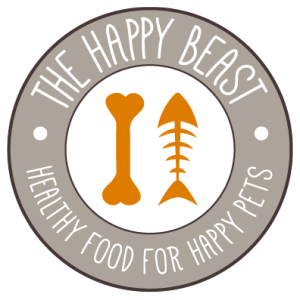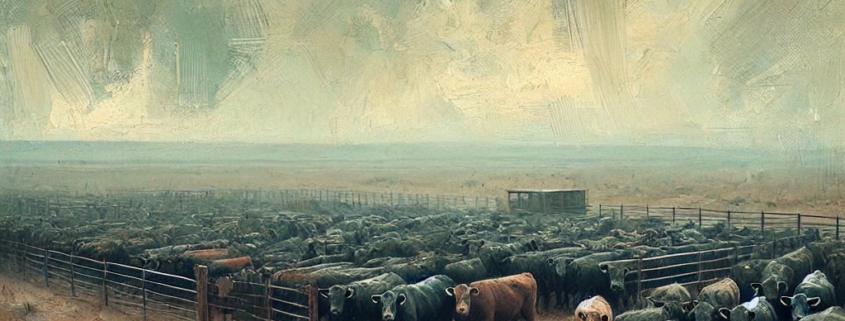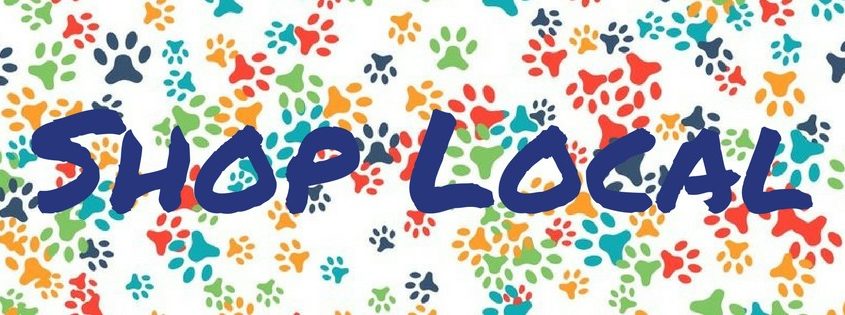Now more than ever is the time to support our communities, family, friends, and the environment. We are all trying to cope with a world that will be forever changed by the current pandemic. This is a time for serious introspection. A time to nourish ourselves physically and emotionally and take an honest look at how our actions or inactions affect the environment around us and result in far-reaching consequences. I hope we can all take this time to find ways we can live more gently and lessen our impact on an ever-changing climate and landscape.
With that in mind, this month we’re kicking off our “Meat & The Environment” blog series with a discussion about a very common protein – beef.
For starters, let’s get a couple of points out of the way. We love meat at The Happy Beast. In fact, a large part of our mission is to educate pet guardians about the importance of a fresh food diet that is high in animal protein and low in carbohydrates. However, there is a price that comes with the consumption of meat by us and our pets.
Read more

